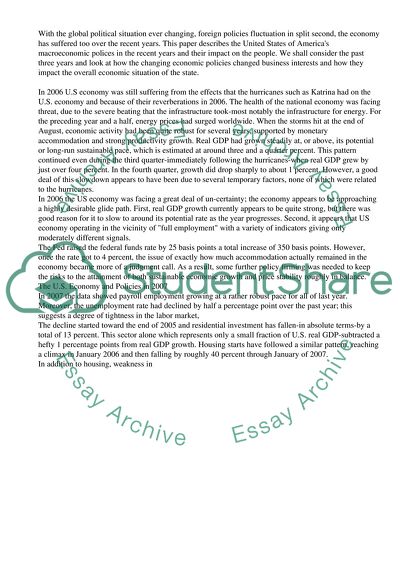Cite this document
(“US Macroeconomic policy 2006-2008 Research Paper”, n.d.)
US Macroeconomic policy 2006-2008 Research Paper. Retrieved from https://studentshare.org/business/1517074-us-macroeconomic-policy-2006-2008
US Macroeconomic policy 2006-2008 Research Paper. Retrieved from https://studentshare.org/business/1517074-us-macroeconomic-policy-2006-2008
(US Macroeconomic Policy 2006-2008 Research Paper)
US Macroeconomic Policy 2006-2008 Research Paper. https://studentshare.org/business/1517074-us-macroeconomic-policy-2006-2008.
US Macroeconomic Policy 2006-2008 Research Paper. https://studentshare.org/business/1517074-us-macroeconomic-policy-2006-2008.
“US Macroeconomic Policy 2006-2008 Research Paper”, n.d. https://studentshare.org/business/1517074-us-macroeconomic-policy-2006-2008.


